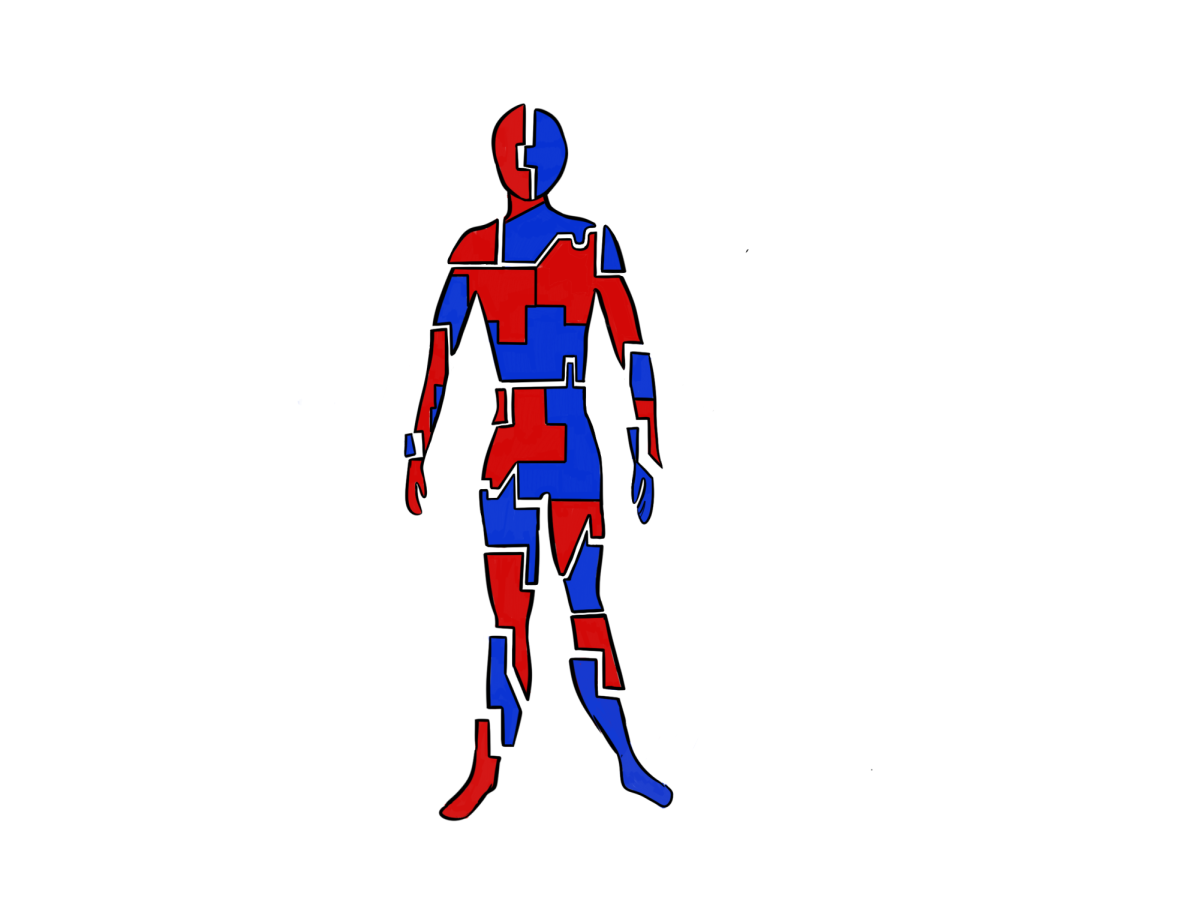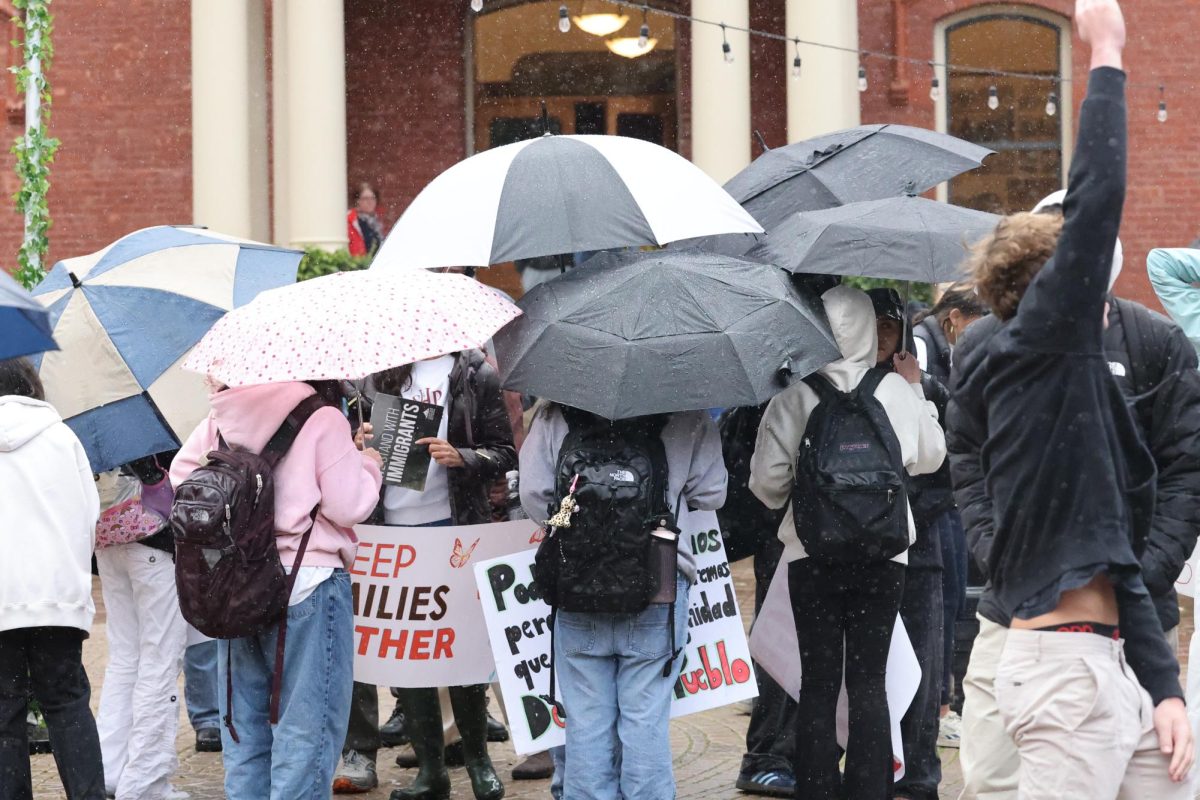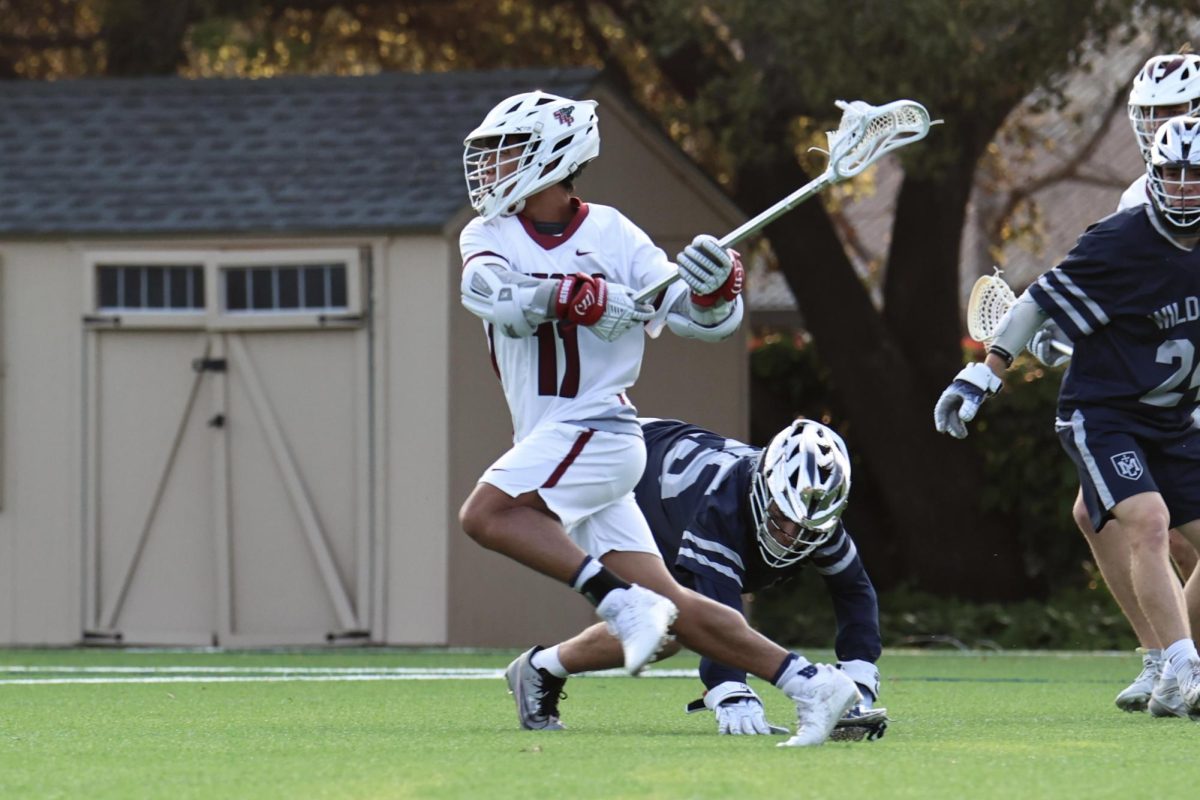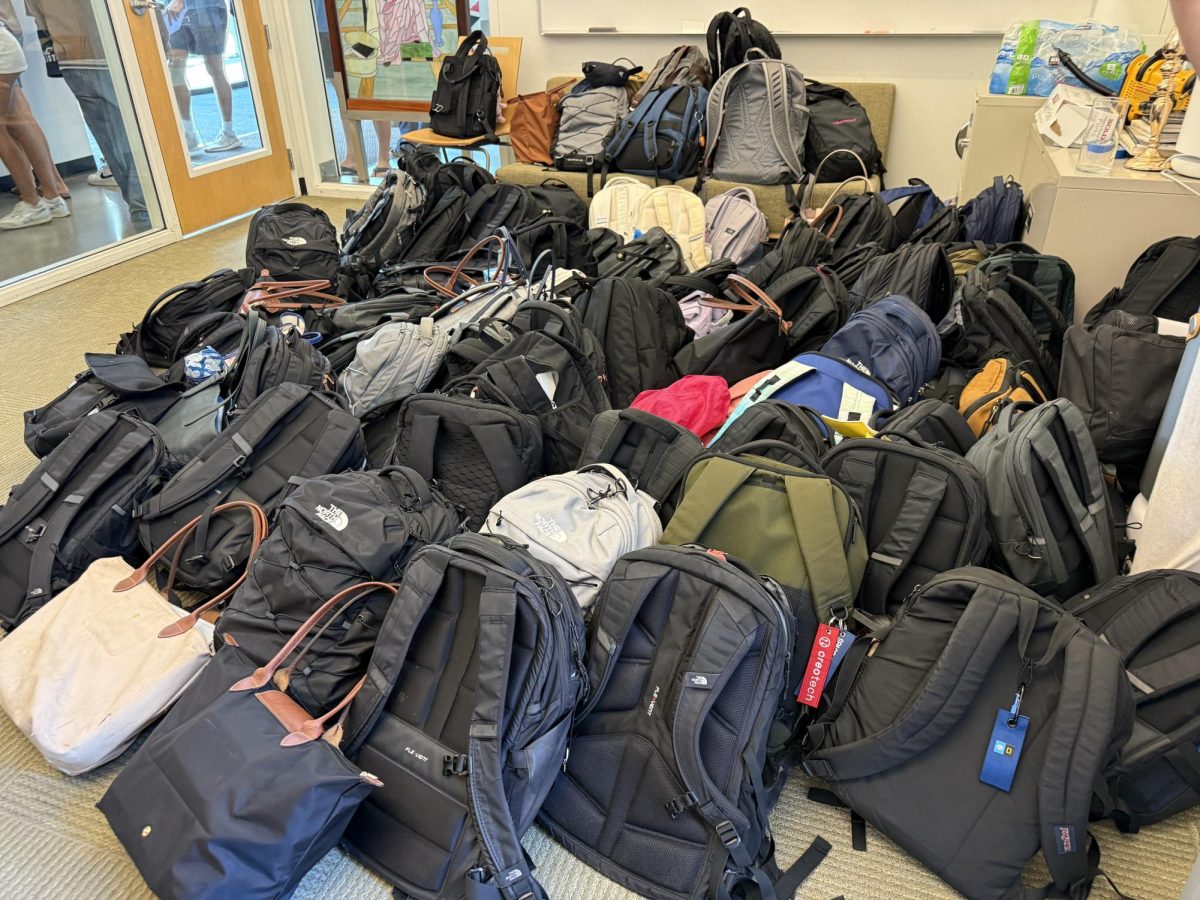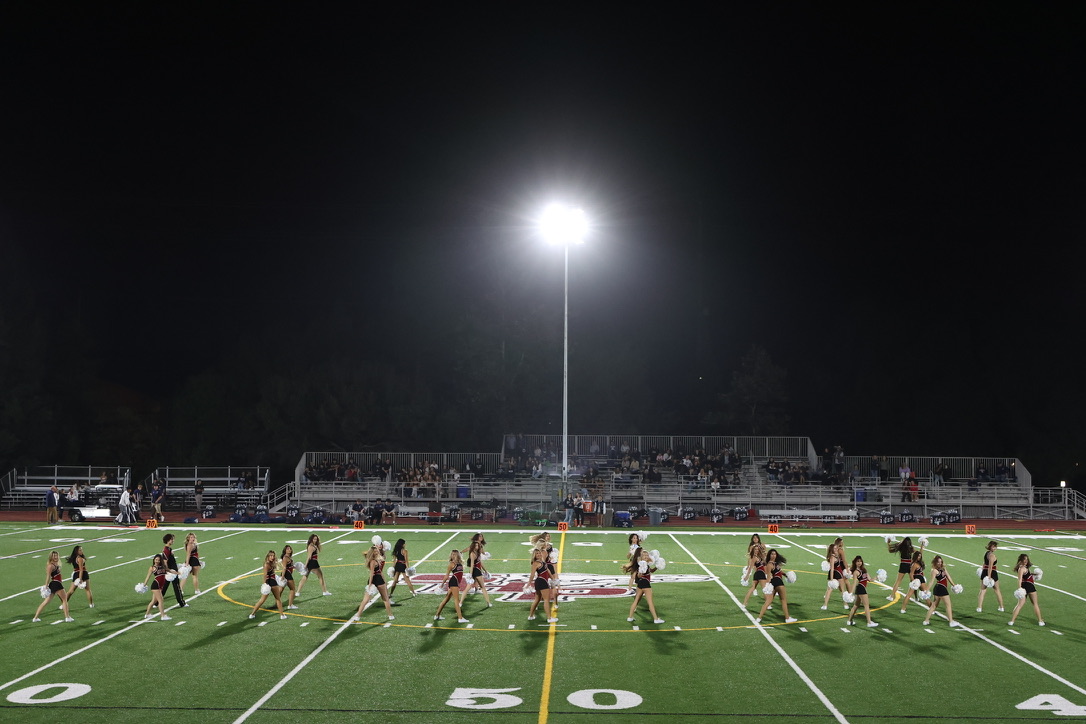“DONALD ‘TACO’ TRUMP, AS MANY CALL HIM, ‘MISSED’ THE DEADLINE!!! CALIFORNIA WILL NOW DRAW NEW, MORE ‘BEAUTIFUL MAPS,’ THEY WILL BE HISTORIC AND THEY WILL END THE TRUMP PRESIDENCY (DEMS TAKE BACK THE HOUSE!).”
This tweet made by California Governor Gavin Newsom is a public manifestation of the “Election Rigging Response Act.” This act, signed on August 21, 2025, was created in response to the moves of several states to redraw their congressional districts to disproportionately favor Republicans. In June, Texas Governor Greg Abbott called a special session to redraw the congressional district lines, intending to add five Republican seats in the 2026 Congressional election. Indiana, Missouri, and Ohio, amongst other key states, have been considering similar measures under pressure from the White House.
Governor Newsom has heavily criticized these moves to redistrict, referring to the changes as “an unprecedented assault by Donald Trump to try to rig the next election.” He cited the purpose of his Election Rigging Response Act as providing California voters with “a chance to fight back against [President Trump’s] anti-American ways.”
The practice of redrawing congressional boundaries in favor of one party or another is called gerrymandering. In 2019, in the case Rucho v. Common Cause, the Supreme Court ruled in a 5-4 decision that federal courts cannot decide on partisan gerrymandering as it presents political questions beyond the court’s jurisdiction. Chief Justice John Roberts noted that no constitutional standard or legal precedent grants federal courts authority in gerrymandering cases.
Regardless of constitutionality, the only effect of gerrymandering is sowing further divide in our already deeply polarized political landscape. Newsom’s plan to “fight fire with fire,” described by California State Assembly Speaker Robert Rivas, will only alienate voters in the next election and limit voting rights across the country, impacting both parties. This tit for tat approach to manipulating district lines ultimately disregards the foundation of democracy. Leaders have encouraged lower engagement by creating a perpetuating cycle of distrust where voters on both sides of the political spectrum believe that the system is “rigged” against them.
As young people who will have the opportunity to vote for the first time in the 2026 midterms, we must recognize that gerrymandering in all forms, to the benefit of either political party, is detrimental to the cause of unifying the country. Following two of the most contentious and ideologically divisive Presidential elections in history, our leaders must take active steps towards breaking down partisan barriers and bringing voters together over policy decisions that actually serve the American people. A healthy democratic republic relies on fair competition, but partisan gerrymandering ensures that the outcome is decided before ballots are even cast.
Students in the SHP community should not hesitate to take a political stance on redistricting, especially in such a turbulent political landscape. Staying informed is not just about understanding how these new policies will affect representation in our community, but rather how partisan tension is rising nationally. It’s also about being aware of how political decisions made on the state and federal levels can impact democratic processes and fundamental rights within our own communities, especially for members of the class of 2026 and 2027 who will be eligible to vote during the next primary election. By speaking out and educating ourselves, we can become advocates for fair redistricting and help restore faith in our political system that seems increasingly broken.


